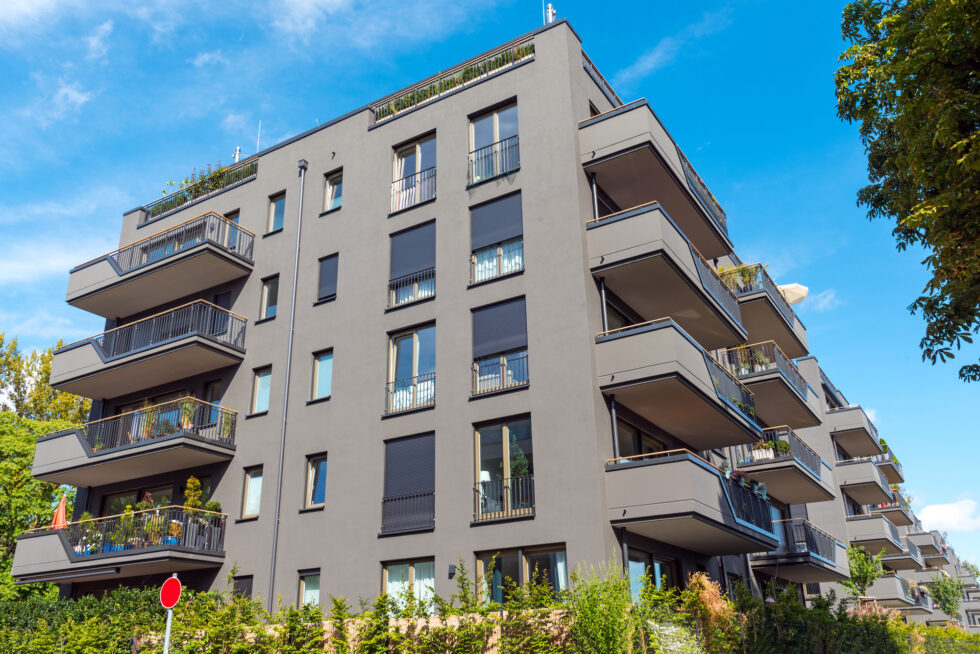At the beginning of April, we saw a lot of investors pull their money out of the stock market and invest in real estate. According to a Gallup poll conducted from April 1-14, only 21 percent of Americans think stocks or mutual funds are best for long-term investment. At 35 percent, real estate continues to be the most favored investment for Americans. Since 2016, more than one-third of Americans named real estate as the top investment. Additional capital flowing into multifamily real estate may counter any decline in demands and stabilize prices or drop in property values.
Investor confidence changes based on economic conditions and many will look to real estate right now because of the pandemic. Historically speaking, real estate is a more stable investment than the stock market and we should expect to see more capital flow into multifamily real estate. No one can predict the future, but we can make observations on what we’re seeing now and what the future may hold.
Currently, construction projects have been halted or canceled due to COVID-19, but the actual physical assets of multifamily housing have not been directly impacted by the pandemic. There is still a stock of real estate assets.
Performance measures for multifamily housing are contingent on vacancies and rent. As an investor, adjust your financial outlook by considering rent growth, occupancy, increased debt and concessions to attract renters.
Occupancy rates
Due to a number of businesses being forced to close because of stay-at-home orders, we are facing high unemployment numbers. When people lose their jobs, they aren’t able to pay rent. In response, local and state governments have put in place orders to suspend payment of rent for those directly impacted by COVID-19 and cannot pay.
As we outlined in an earlier post, it’s important to be amenable during this time by offering annual renewal with no rent increase, waiving late fees and allowing deferred payments. The goal is to keep tenants happy and occupancy up. It’s natural that vacancies may increase with less foot traffic from new renters because of self-quarantine rules, but hold on to tenants to keep cash flow. In the end, these actions will go a long way in retaining and attracting new renters in a post-pandemic world.
What we expect to see after COVID-19
A lot of solutions and behaviors we are adapting now during COVID-19 will change our outlook in the future. For multifamily real estate, renters will look for properties that have amenities for remote working, easy delivery services and top-rate property management.
A CNBC/Change Research survey found that 42 percent of respondents are working from home, a major shift from the 9 percent who say they worked from home before the pandemic. The ability of companies to adapt and create virtual environments for their teams is proving to be more widely accepted and long lasting. Expect to see more people working from home and looking for additional meeting, work or event spaces in the building.
The increase in residents who are shopping online for necessities, especially groceries, will be a lasting change. Renters will want to know that there’s a system in place to receive and distribute packages. Look for multifamily properties with a mailroom that can accommodate for delivery services.
Residents will remember property managers who provided additional levels of service during this time and those who didn’t. Renters will be drawn to multifamily dwellings with good reviews and great service.
Don’t panic
After the 2008 recession, we know many real estate investors are cautious with their investment assets. However, it’s still possible to thrive during an economic downturn. This is done by making sound investment decisions rooted in logic not fear.


